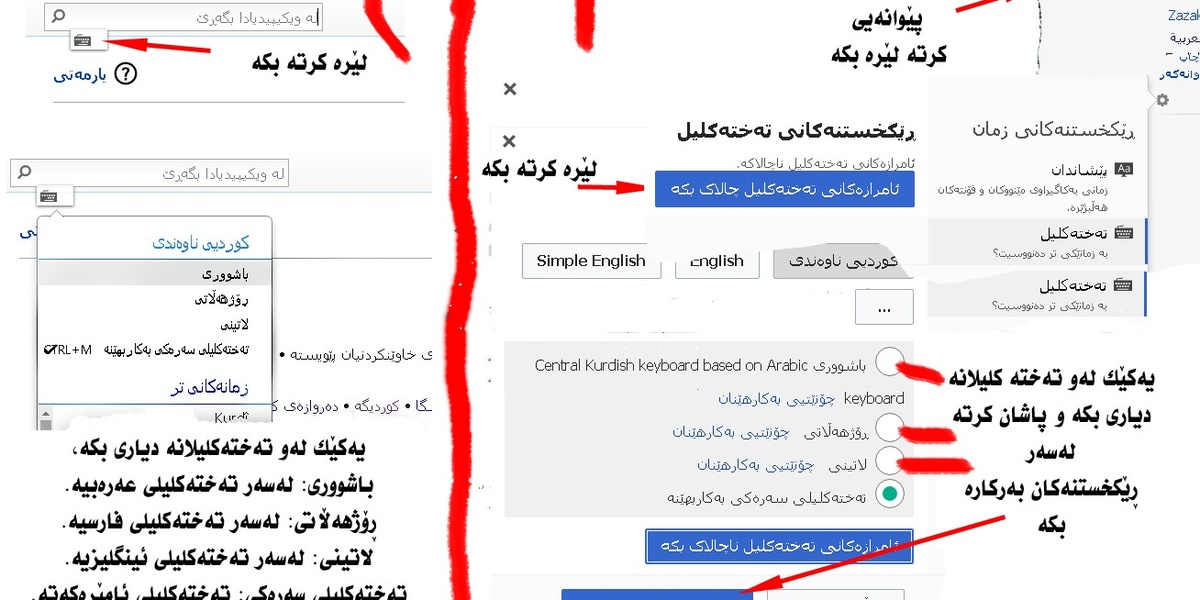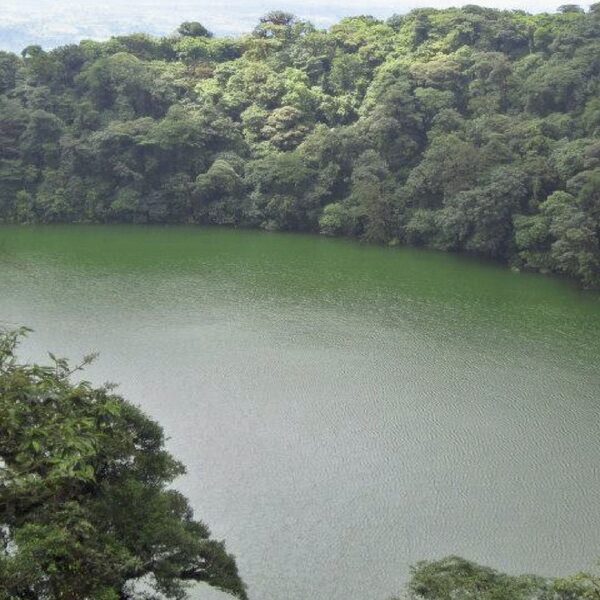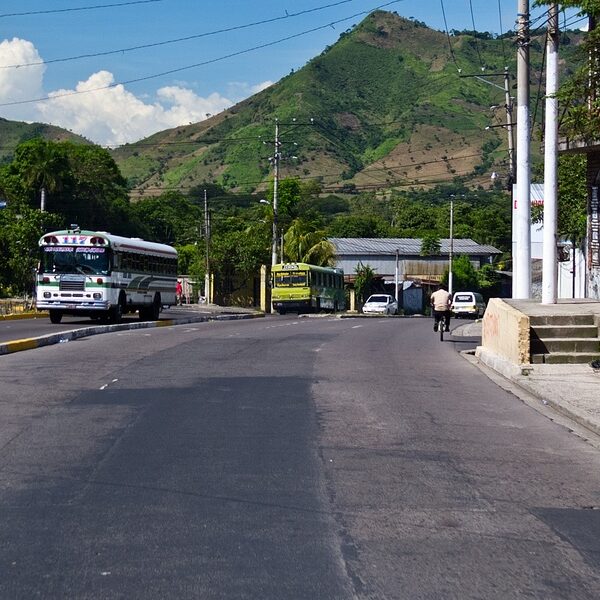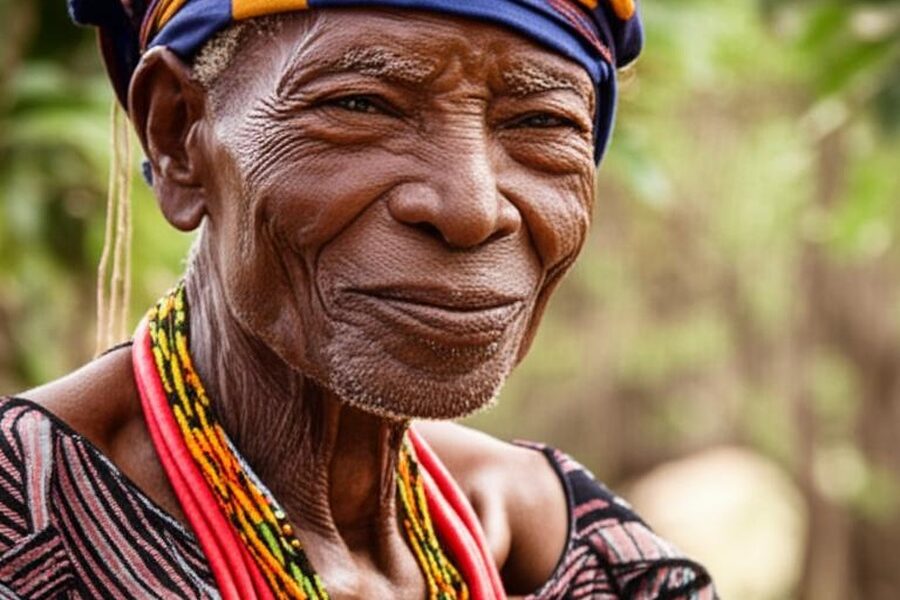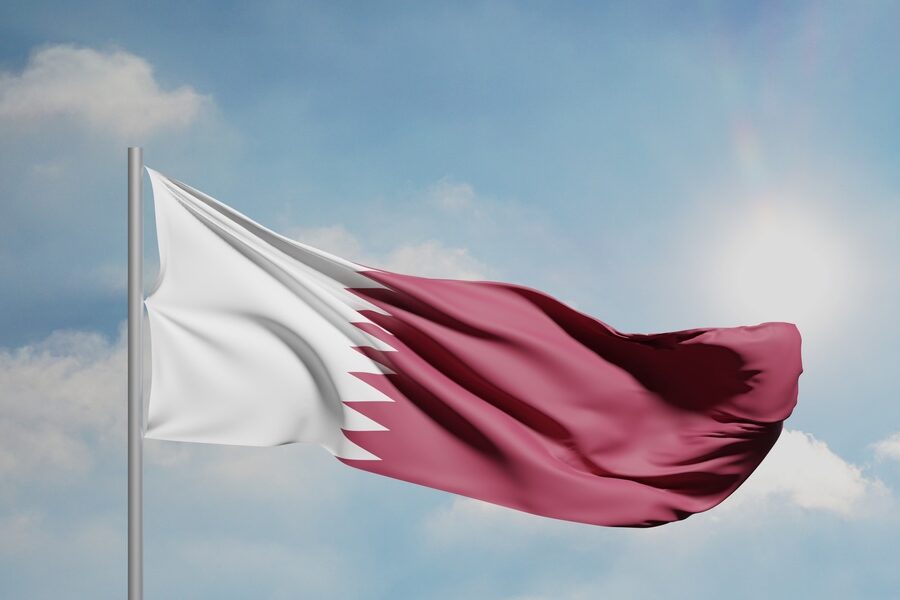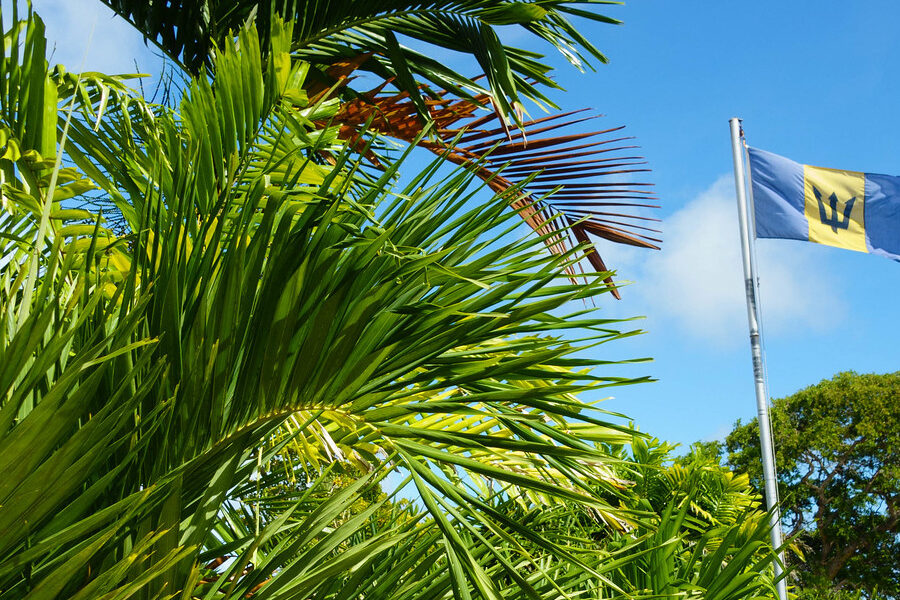Iraq’s language map reflects layers of migration, empire and local identity — from modern city dialects to tongues recorded on ancient clay tablets. Across the plains, deserts and mountains, speech communities preserve stories of trade, faith and daily life that trace back thousands of years.
There are 15 Indigenous Languages in Iraq, ranging from Akkadian to Sumerian. Each entry below is organized with columns for Family, Main regions, Estimated speakers so you can quickly compare origins, geography and vitality — you’ll find below.
Which of these languages are still spoken today?
Several are living languages or have modern varieties: Kurdish dialects, Iraqi Arabic, and several Neo-Aramaic and Mandaic communities retain active speakers, though many are endangered. Others like Akkadian and Sumerian are ancient and extinct, known from inscriptions and texts; check the Estimated speakers column below for current vitality notes.
How do scholars know about extinct languages such as Akkadian and Sumerian?
Evidence comes from archaeology and philology: cuneiform tablets, bilingual inscriptions, and stratified site contexts provide texts that linguists read and compare to reconstruct grammar and vocabulary. Radiocarbon and archaeological dating anchor those texts in time, allowing reliable chronologies.
Indigenous Languages in Iraq
| Language | Family | Main regions | Estimated speakers |
|---|---|---|---|
| Iraqi Arabic | Semitic | Baghdad,Basra,Najaf,Karbala,southern & central Iraq | 27,000,000 |
| Sorani (Central Kurdish) | Indo‑Iranian | Erbil,Sulaimaniyah,Kirkuk,eastern Iraq | 4,500,000 |
| Kurmanji (Northern Kurdish) | Indo‑Iranian | Dohuk,northwestern Kurdistan,border highlands | 2,500,000 |
| Southern Kurdish | Indo‑Iranian | Khanaqin,Diyala,border areas | 1,000,000 |
| Gorani (Hewrami) | Indo‑Iranian | Hawraman,Halabja region,Kurdistan border areas | 200,000 |
| Kaka’i (Kakayi) | Indo‑Iranian | Kirkuk,Khanaqin,parts of Kurdistan | 200,000 |
| Iraqi Turkmen | Turkic | Kirkuk,Tal Afar,Mosul,Erbil | 600,000 |
| Assyrian Neo‑Aramaic (Suret) | Semitic | Nineveh Plains,Dohuk,Erbil,diaspora | 400,000 |
| Chaldean Neo‑Aramaic | Semitic | Baghdad,Nineveh Plains,diaspora | 300,000 |
| Neo‑Mandaic | Semitic (Mandaic) | Maysan province historically; small communities | 1,000 |
| Classical Syriac | Semitic (Aramaic) | Historically across Mesopotamia; liturgical use | 0 |
| Akkadian | Semitic | Ancient Mesopotamia (Babylonia,Assyria—southern & northern Iraq) | 0 |
| Sumerian | Language isolate | Southern Iraq (Sumer: Ur,Uruk,Lagash) | 0 |
| Jewish Babylonian Aramaic (Talmudic) | Semitic (Aramaic) | Historical Jewish academies in Babylon (Iraq) | 0 |
| Shabaki | Indo‑Iranian | Nineveh Plains,Mosul plains,Diyala areas | 80,000 |
Images and Descriptions

Iraqi Arabic
Main native Arabic varieties across central and southern Iraq; de facto mother tongue of the majority. Not to be confused with MSA. Generally vital but diverse; some rural variants are shrinking. Notable: heavy Kurdish, Turkish and Aramaic influence.

Sorani (Central Kurdish)
Central Kurdish variety prominent in Erbil and Sulaymaniyah; co‑official in the Kurdistan Region. Strong media and education presence, relatively robust despite displacement. Notable: uses a modified Arabic script and a rich modern literary tradition.

Kurmanji (Northern Kurdish)
Northern Kurdish spoken mainly in Dohuk and border highlands; used by many Yazidi and rural Kurdish communities. Vital but shaped by displacement. Notable: often written in Latin script in diaspora and distinct from Sorani phonology.

Southern Kurdish
Spoken along the Iraq–Iran border (Khanaqin, Diyala); smaller Kurdish group with cross‑border ties. Vulnerable in Iraq due to assimilation and migration. Notable: shares lexical features with Gorani and Persian, limited media presence.

Gorani (Hewrami)
Group of Zagros Iranian dialects in Hawraman and Halabja; culturally important for oral poetry and religious songs. Considered endangered relative to dominant Kurdish varieties. Notable: historically rich literary corpus distinct from Sorani and Kurmanji.

Kaka’i (Kakayi)
Language of the Kaka’i (Yarsan) community around Kirkuk and Khanaqin; related to Gorani dialects. Vulnerable due to small numbers and displacement. Notable: closely tied to particular religious rituals and oral poetic traditions.

Iraqi Turkmen
Turkic language of Iraq’s Turkmen minority in Kirkuk, Tal Afar, Mosul and Erbil; recognized as a minority language with local education rights. Vitality varies by area; many bilingual. Notable: Ottoman Turkish influence and Arabic/Kurdish loanwords.

Assyrian Neo‑Aramaic (Suret)
Modern Aramaic variety of Assyrian Christians centered on the Nineveh Plains and Dohuk. Severely reduced by conflict and emigration; classified endangered in Iraq though sustained in diaspora. Notable: direct modern descendant of ancient Mesopotamian Aramaic.

Chaldean Neo‑Aramaic
Neo‑Aramaic used by Chaldean Catholic communities in Baghdad and the Nineveh Plains. Endangered in Iraq due to emigration but preserved in liturgy and abroad. Notable: often mutually intelligible with Assyrian Neo‑Aramaic dialects.

Neo‑Mandaic
Modern Mandaic spoken by the Mandaean religious minority historically in southern Iraq (Maysan and Basra areas). Critically endangered with very few speakers left after recent displacement. Notable: only surviving language of the Mandaic branch (UNESCO-acknowledged endangered).

Classical Syriac
Literary Aramaic form that was vernacular in late antiquity across Mesopotamia; today used liturgically by Syriac churches rather than as a native spoken tongue. Notable: central to Eastern Christian literature and theology.

Akkadian
Extinct Semitic language of ancient Mesopotamia (Akkad, Babylon, Assyria) once spoken across present‑day Iraq. Replaced by Aramaic millennia ago. Notable: one of the earliest attested Semitic languages with extensive cuneiform records.

Sumerian
Ancient language isolate of southern Mesopotamia, extinct for millennia and known from cuneiform texts. Notable: earliest known written language, foundational to Mesopotamian civilization and early literature.

Jewish Babylonian Aramaic (Talmudic)
Literary Aramaic used in the Babylonian Talmud and by medieval Jewish academies in Iraq; no community of native speakers today. Notable: major influence on Rabbinic law and Jewish learning (the Talmud Bavli).

Shabaki
Spoken by the Shabak community in the Nineveh Plains and parts of Diyala; an Iranian (Zagros) language with Kurdish and Turkic influence. Vulnerable due to small numbers and displacement. Notable: strong association with distinct Shabak religious traditions.

